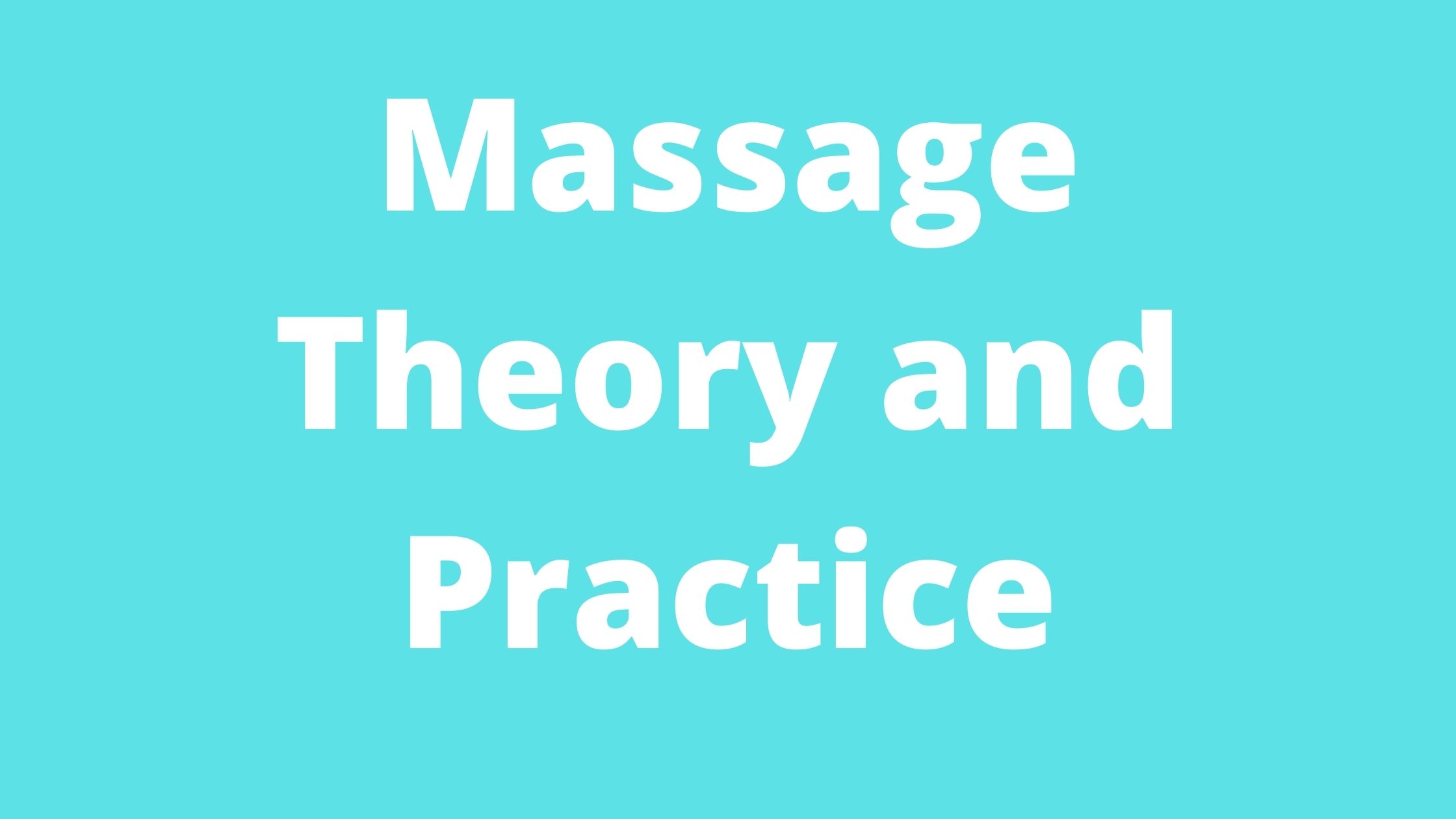Massage Theory and Practice
The History of the Massage Profession:
Big Chart on the different types of massage
Palpation Skills for Massage Therapists
Massage Oils – Properties and Uses of popular types of massage oils.
Massage Theory Curriculum Reccomendations
ELAP Recommendation:- 7 hours of instruction on massage benefits and effects, the learner isexpected to:
- Demonstrate knowledge of the terms and concepts related to massage benefits and effects including differentiation of the types of benefits and effects; physiological, psychological, and energetic benefits and effects; and massage indications on a written examination.
- Demonstrate knowledge of the physiological and psychological mechanisms underpinning massage as an effective stress reduction and stress management strategy on a written examination.
- Demonstrate knowledge of the physiological and psychological mechanisms underpinning massage as an effective pain reduction and pain management strategy on a written examination.
Best Massage Theory and Practice Text Books



Petrissage
Friction
Tapotement
Swedish Massage Strokes – Chart
Contraindications 5.5hours of instruction on massage cautions and contraindications
Glossary of Terms of Swedish Massage
Sports Massage – Principles of Sports Massage
Pre-event/post event/training massage
Injury/Clinical massage
Back Pain
Carpal Tunnel Syndrome
Temporal Mandibular Joint Dysfunction
Pregnancy Massage
Pregnancy Massage – Benefits of Massage and Stages of Pregnancy
Pregnancy Massage Contraindications and Warnings
Pregnancy Massage – Physiological Changes – Chart
Pregnancy Massage Resources – Free Online Articles, Books/DVD’s, Classes
See also Pathology for Massage Therapists
Massage Theory Outline for massage therapy school
II. Equipment, facilities and supplies
III. Practitioner self-care
A. Body Mechanics
B. Meditation
C. Hygiene
IV. Massage Procedures
A. Assess/determine clients needs
1. Interview –obtain client history
2. Observation-postural assessment
3. Palpation
4. Range of motion and strength testing
5. Establish goals and plan
B. Client positioning/supports
C. Draping and turning
A. Causes and effects of triggerpoints
B. Basic alignment
C. Body reading
D. Integration of structure and function
E. Effects of Gravity
F. Effective and appropriate responses to clients needs
VI. Basic Massage techniques-techniques and effects of each stroke
A. Demonstrate general techniques and identify physiological effects
1. Effleurage/Gliding
2. Kneading
3. Compressions/friction
4. Percussion
5. Vibration/jostling
6. Range of motion/remedials and movements
B. Integration of strokes, modalities and intent(pressure, rhythm, contact, pacing, and transitions)
C. Identify major modalities
1. Swedish
2. Deep tissue techniques/myofacial
3. Energy techniques
4. Triggerpoints/tender points
5. Reflexive/zone
6. Oriental/eastern
7. Lymphatic/circulatory
8. Neuromuscular re-education/body awareness
9. Other- Zentherapy, Feldenkrais, Rolfing, Hellerwork, Soma,
VII. Hydrotherapy
A. Introduction to hydrotherapy
2. Identify properties of water
3. Define and identify physiological effects of hot and cold
a. Local, systemic, and reflexive effect
b. Indications and contraindications
B. Demonstrate hydrotherapy techniques and procedures
1. Cold applications and equipment
2. Hot applications and equipment
3. Hydrotherapy Baths and Poultices
C. Hydrotherapy relative to stages of healing and massage modality
VIII. Impact of Massage on health and pathologies
A. Applications of techniques and modalities based on desired physiological effects
B. Selection of relevant techniques and modalities based on pathophysiology, indications and contraindications
